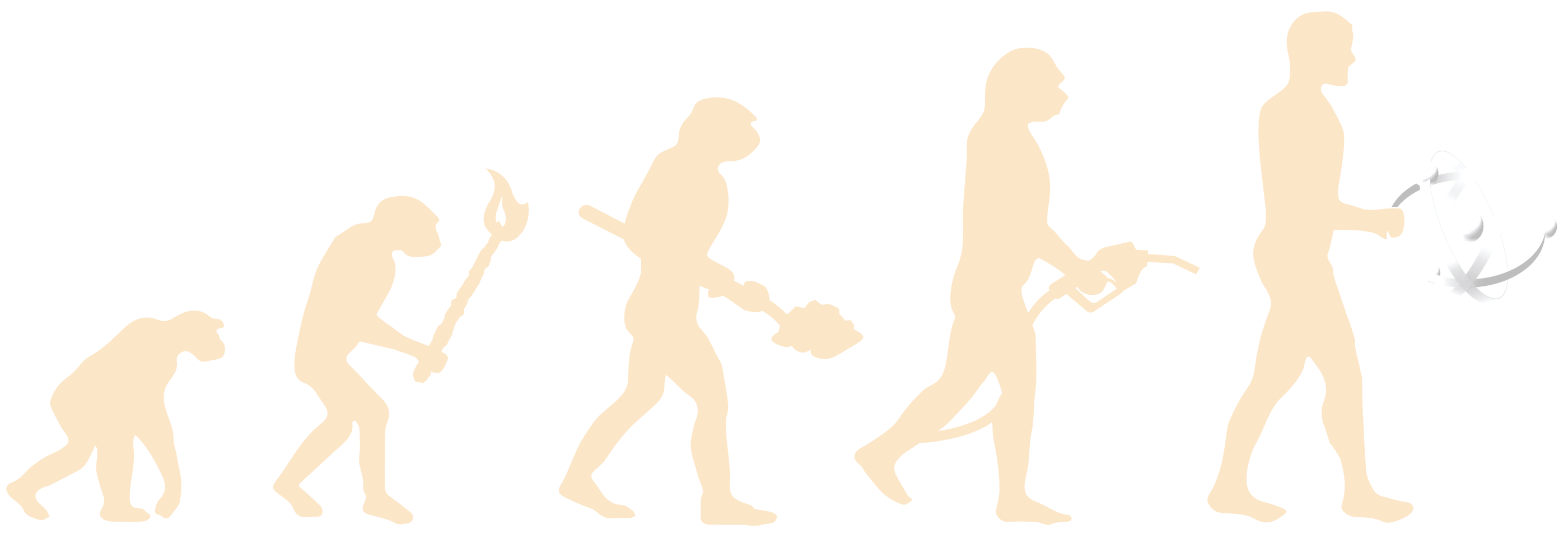about
mission
Fission Transition is dedicated to accelerating the adoption of nuclear energy worldwide, with the goal of maximizing the substantial benefits it offers for humanity and the environment. They include:
a) Slowing the advance of anthropogenic climate change
b) Protecting species diversity
c) Increasing energy prosperity
welcome
We believe it’s inevitable. Whether for electricity, for transportation (via synthetic carbon-neutral fuels), for industrial processes, space heating, production of concrete, desalination, or any other purpose for which we use fossil fuels now, nuclear energy is the one source of clean, carbon-free energy that can do it all. Hopefully after your visit today you’ll begin to understand why.
In coming months, you’ll find resources here explaining its advantages, its disadvantages, and answers to commonly-asked questions. If you still have questions or suggestions, we want to hear from you – because enacting effective policy on climate change will require teamwork. There is no organization, community, or state that can meet the challenge alone.
The Fission Transition: it’s about time, after decades wasted developing sources of power that will never be up to the task of solving our monumental problem.
It’s about time – how precious little remains, before we reach a point when severe climate impacts will be irreversible.
Let’s get to work!

Fission Transition
board
Carl Wurtz
Executive Director
“Growing up in a state which derives over half of its electricity from nuclear power plants perhaps left me with a unique perspective on nuclear energy. From elementary school onward, I was taught it was the way of the future – it was embedded in local culture. As the birthplace of the Manhattan Project and home to Argonne National Laboratory, Ilinois was a nuclear leader; for its residents, it was a source of pride.
“I’ve always been fascinated by the regulatory policy associated with nuclear energy, and public electricity in general. Understanding the priorities of different stakeholders is key to advancing its adoption, and it’s constantly changing. Legislators are just beginning to realize how important both carbon emissions and reliability are for their constituents. Nuclear offers the best of both worlds.” – Carl
Norbert Soski
Treasurer
Norbert Soski joins Fission Transition with an impressive record of achievement in electrical engineering, spanning several industries. After earning his degree in Electrical Engineering from the University of Southern California, Norbert began his career designing electronic games for Mattel Toys, then found his calling in the aerospace industry. Designing computer and avionics systems for such programs as the F-16 LANTIRN pod and MILSTAR satellite programs, the electrical power system for the International Space Station (ISS), rocket engine control systems for the Delta IV RS-68 and J-2X engines, and environmental control systems for industry are just a few of his credits. In our work, Norbert’s understanding of grid dynamics is essential for making policy recommendation to legislators to help improve the affordability and reliability of California’s CAISO grid.
Ellie Ripley
Secretary & Community Liaison
After six months of classroom and on the job training, Arroyo Grande native Ellie Ripley served 23 years as a tour guide at Diablo Canyon Nuclear Power Plant. Participants in her tours included members of the general public, service organizations, students from the U.S. and other countries, schools, churches, women’s & men’s groups – even PG&E employees from other areas in the company.
By communicating with thousands of tour participants over the years, Ellie gained a unique understanding of public perception – and misperception – of nuclear energy. She serves a vital role as Fission Transition Secretary and Community Liaison, focusing outreach on where it can be most effective.
expert advisors

Joe Ivora, B.S.C.E.
Civil Engineering, Quality Control
After graduation from Cal Poly San Luis Obsipo with a degree in Civil Engineering, Joe Ivora joined the U.S. Air Force, where he was put to work on the MX Buried Trench Missile Project. A series of highway construction projects followed, before Joe was hired by the State of Washington to help design three units for new nuclear power plants. For 21 years Joe has worked at Diablo Canyon Power Plant, inspecting the work of contractors to confirm it met rigid specifications demanded by the U.S. Nuclear Regulatory Commission.
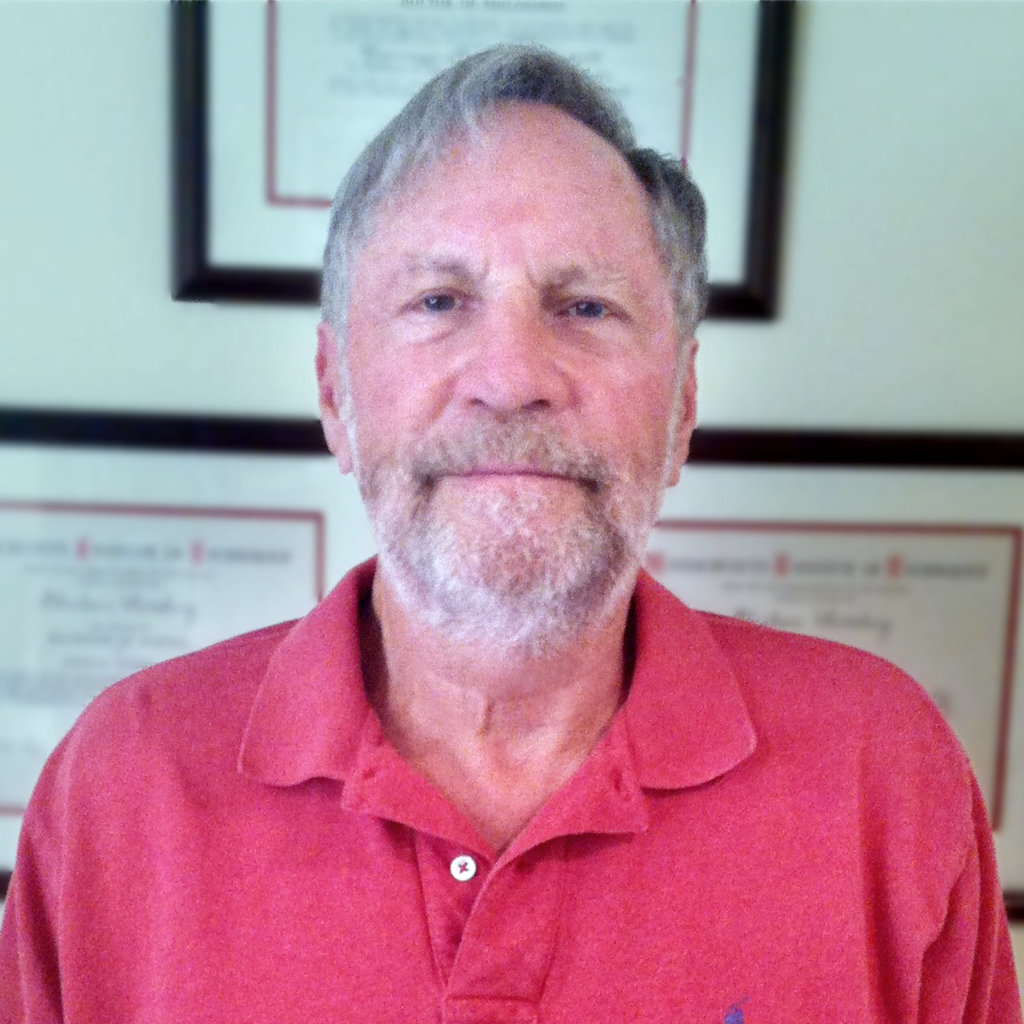
Abraham Weitzberg, Ph.D.
Nuclear Engineering, Physics
Nuclear Engineer Abraham Weitzberg has seen the ups and downs of the nuclear industry from its beginning – and from the inside out. Accepted to the undergraduate program at MIT’s Department of Chemical Engineering in 1953, Abe soon switched to the nascent field of Nuclear Engineering. After receiving his Ph.D. in 1962, he worked at Atomics International in Canoga Park, CA, analyzing the physics and safety requirements of space reactors.
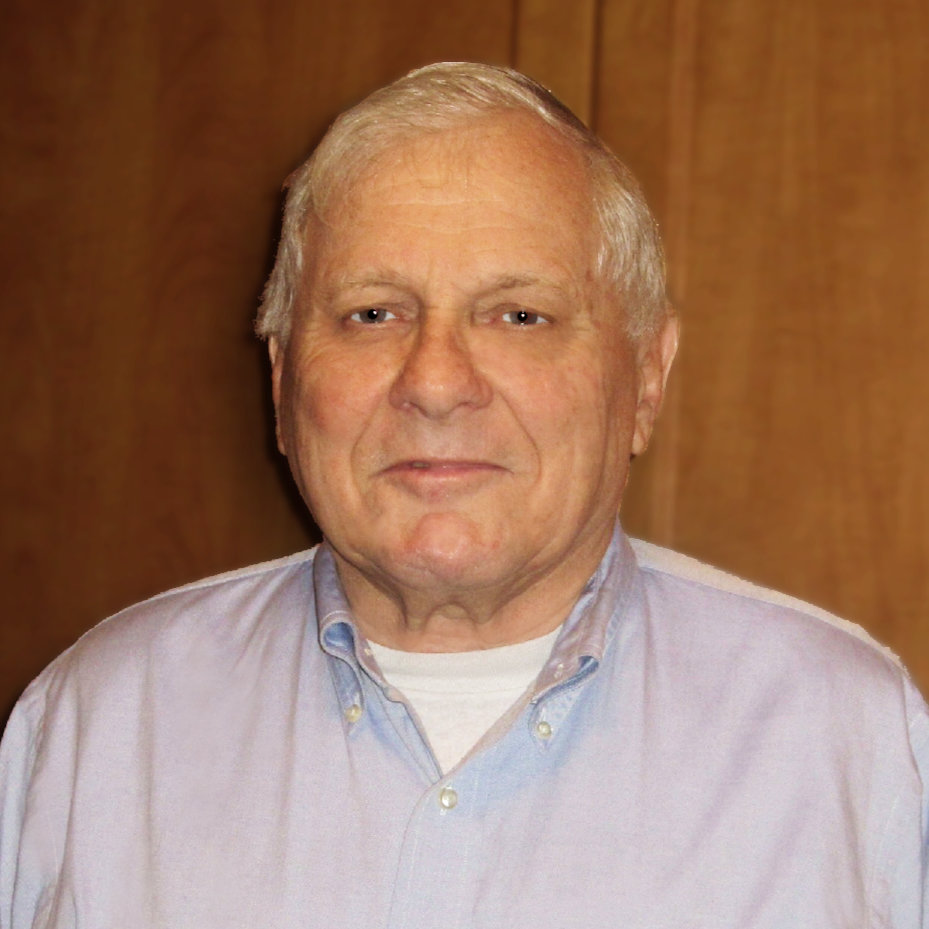
Alex Cannara, Ph.D.
Geophysics / Energy and Climate Dynamics
Alex Cannara’s educational and professional accomplishments span a wide spectrum of disciplines, including electrical engineering, education, analytical methods, semiconductor design, and computer security. Dr. Cannara graduated Magna cum Laude from Lehigh University in Electrical Engineering, then went on to earn degrees in Electrical Engineering and Statistics from Stanford University.
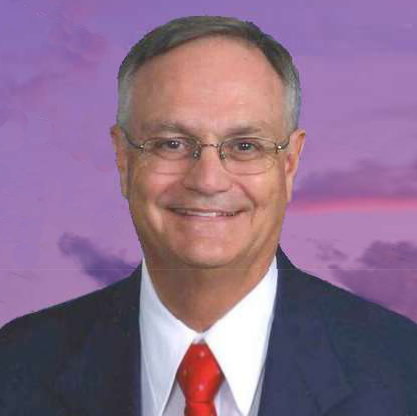
Gene Preston, Ph.D.
Grid Reliability, Analysis, & Planning
Dr. Gene Preston, an expert in transmission adequacy studies and power supply reliability. His resume includes a Ph.D. in Electrical Engineering and a lifetime of experience working for the Electric Reliability Council of Texas (ERCOT), as well as consulting for utilities in the U.S. and abroad about what’s necessary to integrate wind and solar into an electrical grid without sacrificing system reliability.
friends
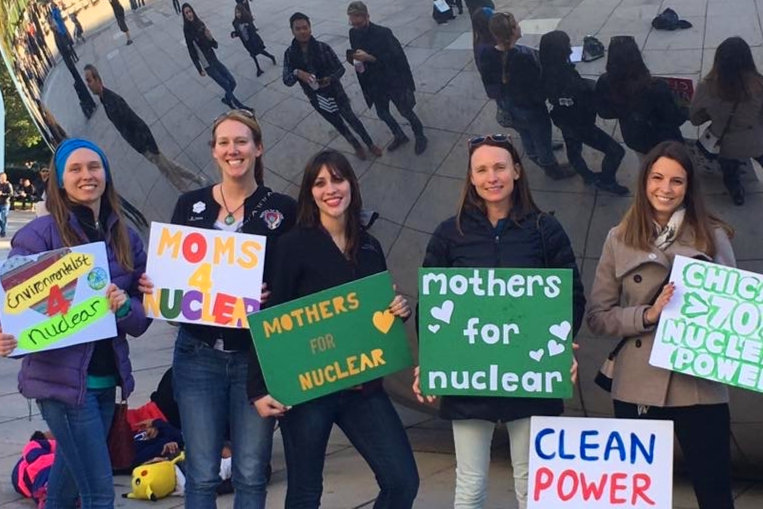
Mothers For Nuclear
“We are friends, mothers, environmentalists, scientists, and engineers, who used to be skeptical of nuclear energy. Now we consider it essential to protecting our children from pollution, our landscapes from sprawl, and future generations from global warming.”

Generation Atomic
Since its founding in 2016, Generation Atomic (Gen A) has worked to cultivate relationships with business leaders, pro-nuclear donors, and grassroots advocates. By engaging stakeholders at all levels, Gen A is working together with many partners to create a loud, effective, and sustainable pro-nuclear constituency.

Atomic Insights
Rod Adams is an independent atomic energy expert with more than 25 years of experience in making atomic energy information accessible to the public using the internet as a primary communications tool. Adams: “We discuss atomic energy, the competitors to atomic energy, and the hazards of avoiding the use of nuclear technology.”
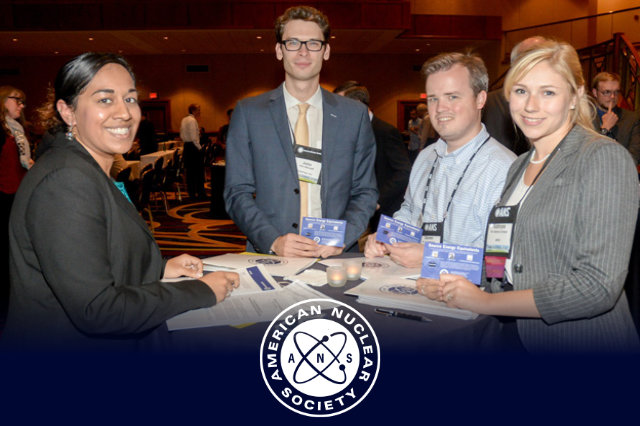
American Nuclear Society
Vision: Nuclear technology is embraced for its vital contributions to improving peoples’ lives and preserving our planet.
Mission: Advance, foster, and spur the development and application of nuclear science, engineering, and technology to benefit society.
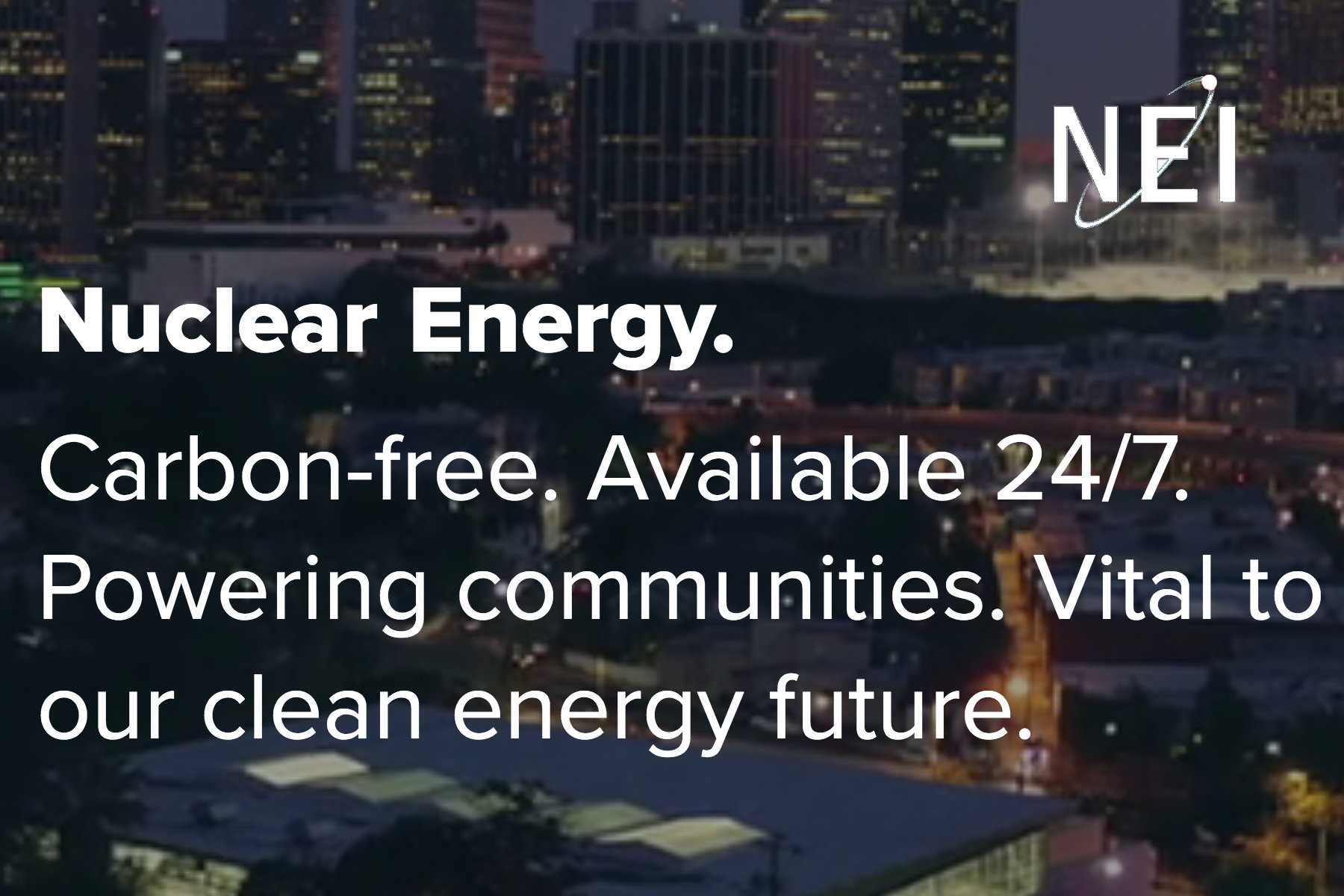
Nuclear Energy Institute
The Nuclear Energy Institute is the policy organization of the nuclear technologies industry, based in Washington, D.C.
NEI fosters the beneficial uses of nuclear technology and provides a unified industry voice before Congress, the executive branch, state and local legislatures, and federal regulators on key policy issues.
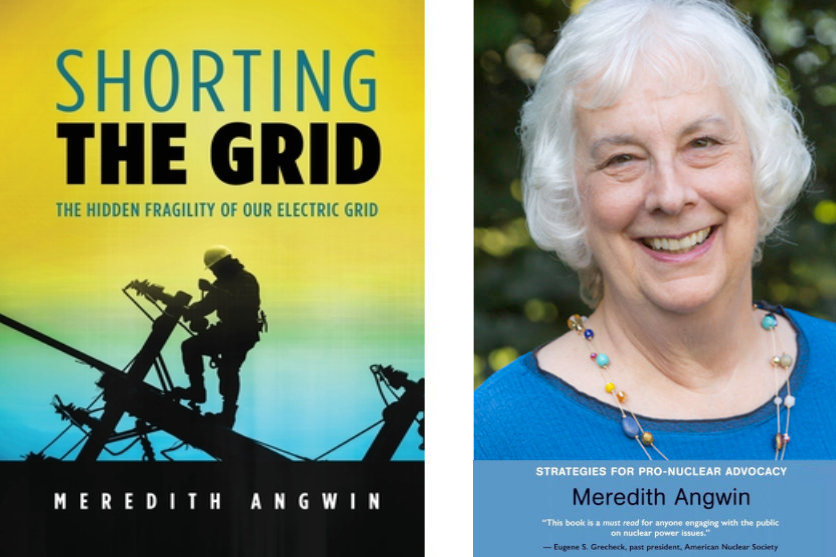
Meredith Angwin
Nuclear Advocate and author Meredith Angwin is devoted to supporting clean, safe, affordable nuclear energy. She holds an M.S. in physical chemistry from the University of Chicago.
Her nuclear advocacy work includes writing, speaking at hearings, and organizing rallies. She received a President’s Citation award from the American Nuclear Society for her work.

Nuclear Matters
Nuclear Matters® is a national coalition that works to inform the public and policymakers about the clear benefits of nuclear energy. The coalition supports solutions that properly value nuclear energy as a reliable, affordable, safe and carbon-free electricity resource that is essential to America’s energy future.

